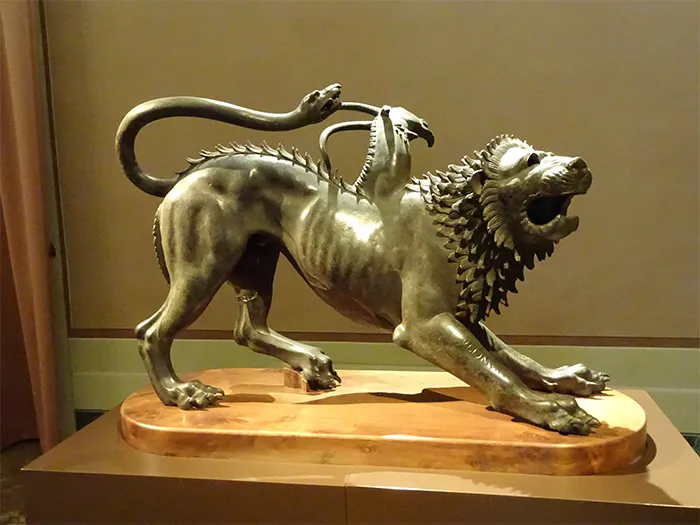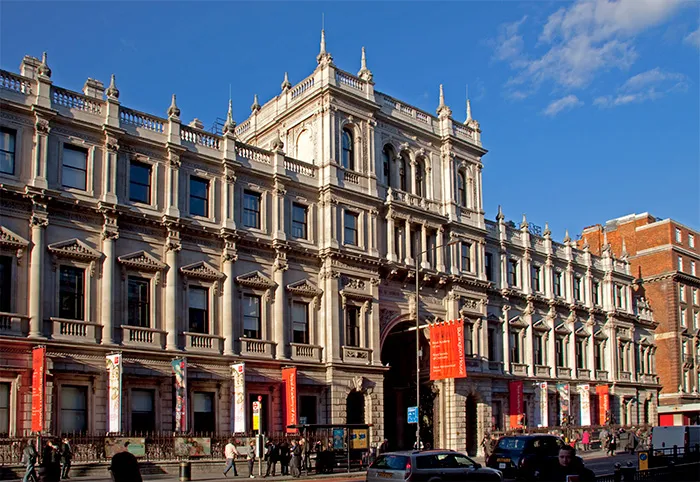Jerash Ruins
Jerash Ruins A City Frozen in Time
In AD 749, a catastrophic earthquake struck the ancient city of Jerash, leaving behind a scene of destruction and abandonment. Recent excavations in the northwestern part of the site have provided new insights into daily life in the Umayyad city before disaster struck. These discoveries, particularly in two private houses, offer a glimpse into the activities and industries that thrived in the city before its sudden collapse.
Life in the Umayyad Houses
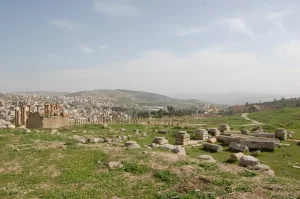
A Bustling Household
On a cold winter day, the kitchen of a house in Jerash was alive with activity. Sheep’s wool was being prepared for textile production—sheared with large iron scissors, combed, softened, and dyed. A large iron ladle was used to stir the fibers or maintain the fire. Nearby, a wooden spindle and clay and rock-crystal whorls were ready for spinning thread.
ALSO READ: Megalodon The Largest Shark That Ever Lived
This kitchen, measuring about 17m², was well-equipped. Two column drums set into the floor served as crushers. A hearth, surrounded by cooking pots, jugs, jars, and fine-ware bowls, provided warmth and sustenance. Adjacent to the kitchen, a second room led to an upper storey adorned with painted walls and stucco decorations. This upper level contained valuable personal items such as glass bottles, lamps, a lead mirror, a belt, jewelry, and a purse filled with old coins. A wooden casket held metal scraps for reuse, along with a hidden lead case containing a rolled silver scroll inscribed with pseudo-Arabic letters—possibly a magical spell.
Renovations and Preparations
Next door, another house was undergoing renovations. Craftspeople worked diligently, chipping away at stone to prepare tesserae for mosaic floors. A new, undecorated white mosaic had already been completed upstairs, and the walls were prepped for plastering and painting. The house’s open courtyard featured a cistern for collecting rainwater from the roof, while rooms with arched doorways surrounded it. One room contained a large trough filled with thousands of white tesserae, ready for placement in the new floors. The renovation work had led the owners to vacate part of the house and store their belongings elsewhere.
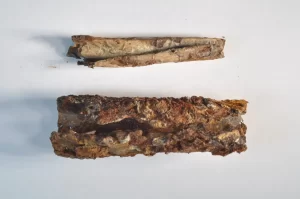
The Devastating Earthquake
In an instant, the scene changed. The ground shook violently, walls trembled, and buildings crumbled. People attempted to flee, but some were trapped beneath the collapsing structures. The earthquake that struck on 18 January AD 749 devastated Jerash, causing widespread destruction and forcing many survivors to abandon the city. This disaster marked the beginning of a decline in urban life that would continue for centuries.
A Flourishing City Before the Quake
Strategic Location and Prosperity
Before the earthquake, Jerash—known in antiquity as Gerasa—was a thriving city. Nestled in a fertile region, it benefited from the rich Ajlun Highlands to the northwest, the basalt plains of Hauran to the northeast, and steppe deserts to the east. The city’s surroundings were cultivated with flax, olives, and grapes, and the Chrysorrhoas River (Gold River), now a diminished wadi, provided a crucial water source. At its peak, Gerasa was a vibrant hub with monumental buildings, bustling markets, and thriving industries.
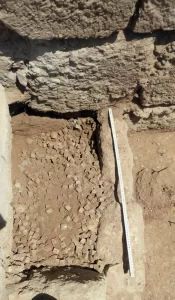
Industrial and Artistic Production
Gerasa was renowned for its pottery and glass industries. While fine ware was sometimes imported, local pottery—ranging from sturdy cooking pots to fashionable tableware—was widely used. The city was famous for producing Jerash bowls and Jerash lamps, which were also exported. Glass was imported either as raw material or finished products, and evidence suggests a high degree of recycling, with old glass remelted and reformed into new vessels. Metalworking was another important industry, with imported metals repurposed in various ways. Even today, lead contamination in the soil attests to the scale of ancient industrial activities.
Aftermath and Abandonment
Urban Decline and Political Upheaval
The earthquake of AD 749 was not only a natural disaster but also coincided with political turmoil. The Umayyad caliphate, which ruled Jerash at the time, was on the verge of collapse. Just a year later, in AD 750, the Abbasids overthrew the Umayyads and established their own rule. While some areas of Jerash continued to be inhabited, large sections of the city lay in ruins, never to be rebuilt. Archaeological evidence suggests a significant decline in settlement within the city walls after the mid-8th century.
Rediscovering Gerasa
19th-Century Exploration
After centuries of obscurity, Gerasa was rediscovered in the early 19th century by European travelers. The city quickly became a popular stop on Middle Eastern itineraries, and early travel accounts and photographs provided valuable records of the site before large-scale excavations began. Many of the ruins on the eastern side of the wadi have since been lost to modern construction, making these early observations even more crucial for historical research.

20th-Century Excavations and Beyond
Organized excavations of Jerash began in the early 20th century, with a joint American-British expedition in the 1920s and ’30s uncovering many public buildings along the cardo, the city’s main thoroughfare. Since then, multiple archaeological missions have explored workshops, private homes, religious structures, and public spaces.
A Tourist Destination Today
Today, the western side of the wadi offers a spectacular glimpse into Jerash’s past. The well-preserved ruins include a magnificent colonnaded street, two Roman theatres, a hippodrome, monumental sanctuaries dedicated to Artemis and Zeus Olympios, a mosque, and numerous Christian churches. Part of the Roman-period city wall still stands, though modern development continues to threaten its integrity.
It was within these walls, in the so-called Northwest Quarter, that two houses lay forgotten for over a millennium, until excavations began in 2014. These homes, once filled with daily life, now serve as time capsules, providing an extraordinary window into the past.



